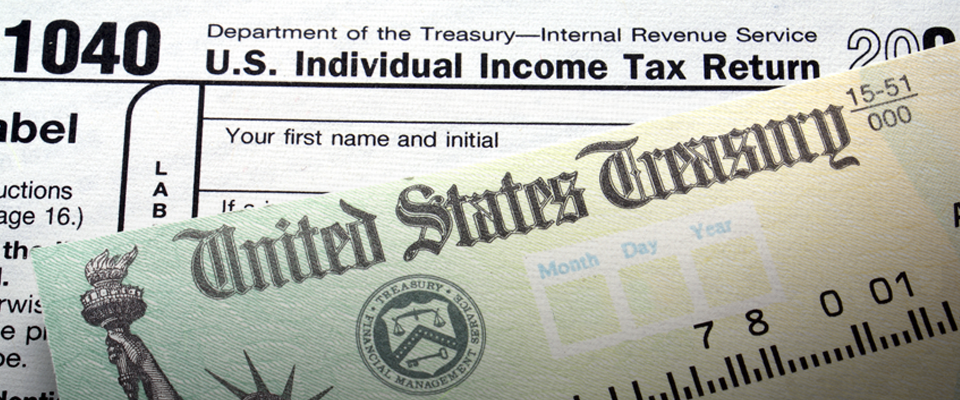Many people believe “Black Friday” got the name because it is when retail stores get out of the red and into the black. But the name “Black Friday” actually came to prominence because of a logistical nightmare caused by the annual Army vs. Navy football game in Philadelphia during the 1960’s.
The game took place every year the day after Thanksgiving, and cab drivers, police, and drivers bemoaned the massive influx of people into the Philadelphia infrastructure and referred to the day as “Black Friday.” Storeowners, on the other hand, considered it one of their most profitable days of the year.
In many ways, Black Friday getting its start because of a football game is appropriate. People camp out for hours at their favorite store before pushing, shoving, and tackling until they score big savings.
Perhaps that sort of atmosphere is what has caused in-store spending to go down each year since 2012 and online spending to go up every year since 2010. And even though in-store sales were down almost 9% in 2014, consumers still spent more than $50 million in brick-and-mortar shops.
Since 2010, consumers have spent nearly $400 per person on Black Friday deals. If you’re one of the many who takes part in Black Friday shopping, it can be a great time to save money on Christmas gifts and items you need for your home.
However, saving money in a sale also requires spending money, so make sure you stick to a budget. The $400 you saved on a new television may feel great when you make the purchase, but when you see an extra $600 on your credit card bill, that joy may quickly disappear.
The chaos and hype surrounding Black Friday shopping can make keeping a level head difficult, but this day shouldn’t be different than any other time you spend money. Have a budget and stick to it.
Sources: statista.com, statisticbrain.com


